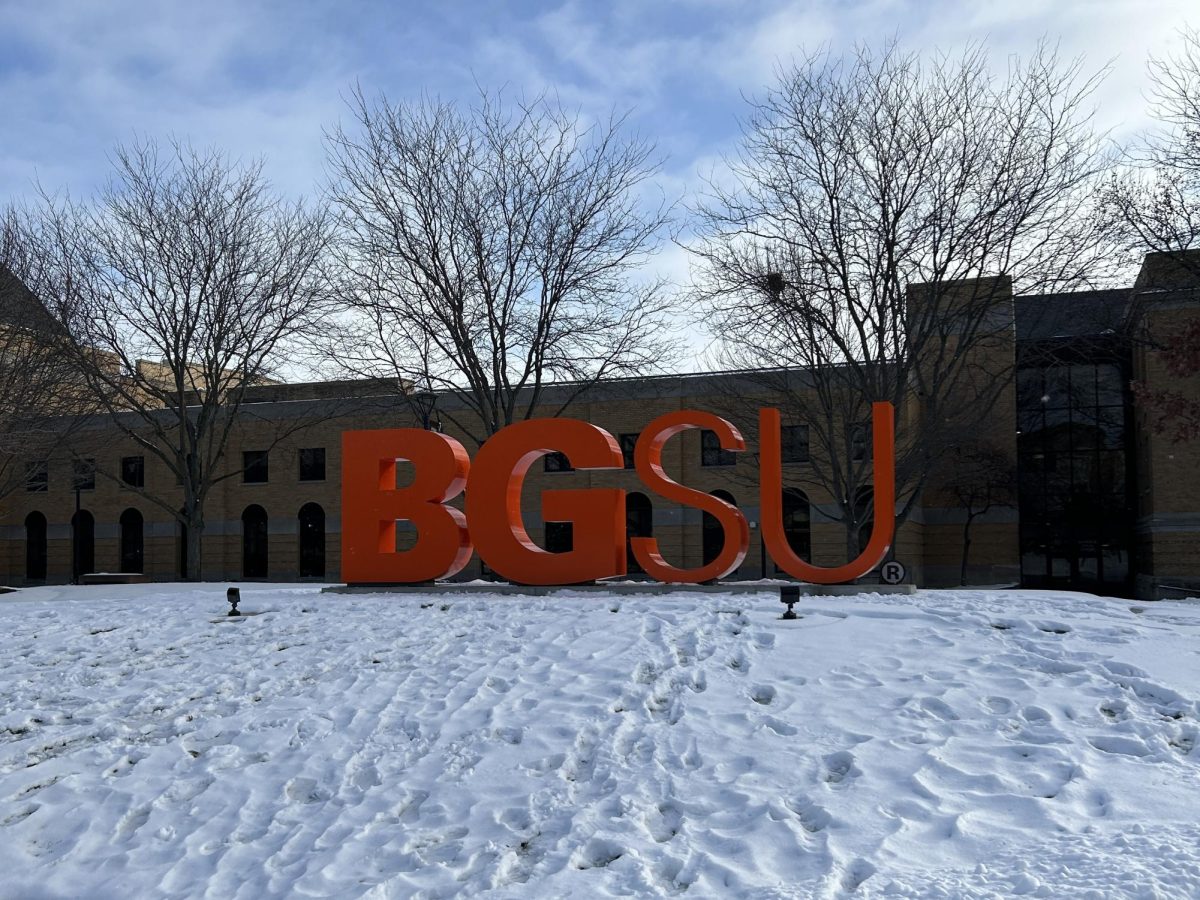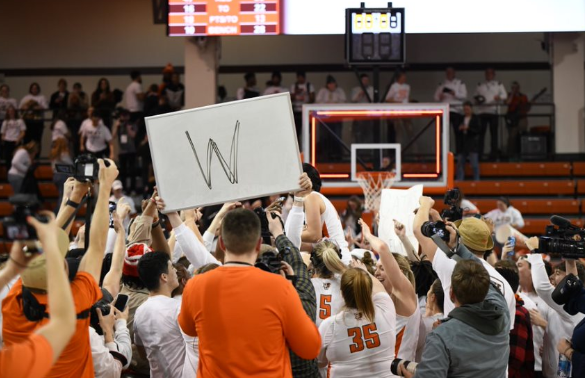In 1874 on the shores of Chautauqua Lake in western New York, John Vincent, a Methodist minister, and Lewis Miller, a businessman, organized the first meeting of what became known as the Chautauqua movement.
This social phenomenon was an organized attempt at adult education through speeches, music, entertainment and cultural events.
During the next 50 years, the Chautauqua movement grew in popularity and spread throughout the nation, featuring speakers such as William Jennings Bryan and the enthusiastic endorsement of Theodore Roosevelt.
Although the movement lost much of its strength during the 1920s with the advent of radio and mass communications, there’s nevertheless a place — and a need — for a modern-day version of it here at the University.
It would prove highly beneficial for the University to sponsor an ongoing program that would be a successor to the Chautauqua movement. Under the support of an appropriate University official, teachers from various departments and colleges would be invited to give a one-hour presentation of their field of study and its impact on the University and society at large.
The program’s goal should be identical to that of the Smithsonian Institution: the increase and diffusion of knowledge.
This would be the natural outcome of each department sharing its work and describing its contribution to the academic and intellectual progress of both the University and the wider world.
Thus, for example, language educators could speak about new developments in language education and the growing need for multi-linguists in an increasingly global world. Construction Management educators could explain the new developments in energy-efficient building and architecture. Political scientists could interpret the political landscape of the past 50 years.
The possibilities are limited only by the breadth, depth, creativity and imagination of the University teaching community.
Some suggestions for guidelines: first, the lecture should be aimed at the non-specialist. The intent is to appeal to as wide an audience as possible.
Second, there should be an adherence to the facts and the avoidance of opinion.
Third, there should be an opportunity for the audience to ask questions.
Fourth, a time limit needs to be set, on the theory that the brain can absorb only what the butt can endure. The lecture and question and answer session should be completed in one hour.
This can present a challenge to a speaker who must be willing and able to distill all or a part of his or her work into a 30 or 40-minute informative presentation.
This is no easy task. As Churchill once said, “I didn’t have the energy to write a short speech, so I wrote a long one.”
Fifth, light refreshments and a “meet and greet” session after the presentation would increase the camaraderie and rapport between the audience and the speaker. This would prove beneficial for all concerned and could increase the potential for networking.
Sixth, each speaker should be a volunteer. No one should be compelled to participate.
Seventh, the presentation should be given at regular intervals; for example, monthly.
This University Chautauqua Renaissance program will not succeed without the support of the administration. Ongoing publicity will need to be employed.
The officers and trustees of the University need to endorse the program with both their support and their attendance.
The costs would be minimal when compared with the gains. It would help bridge the gap between departments and colleges and help dismantle any intellectual or social barriers that may have arisen.
Moreover, it would permit everyone present to grow and further develop into a well-rounded, critically thinking person.
And, ultimately, that’s what we’re all about.
Respond to Phil at
thenews@bgnews.com







